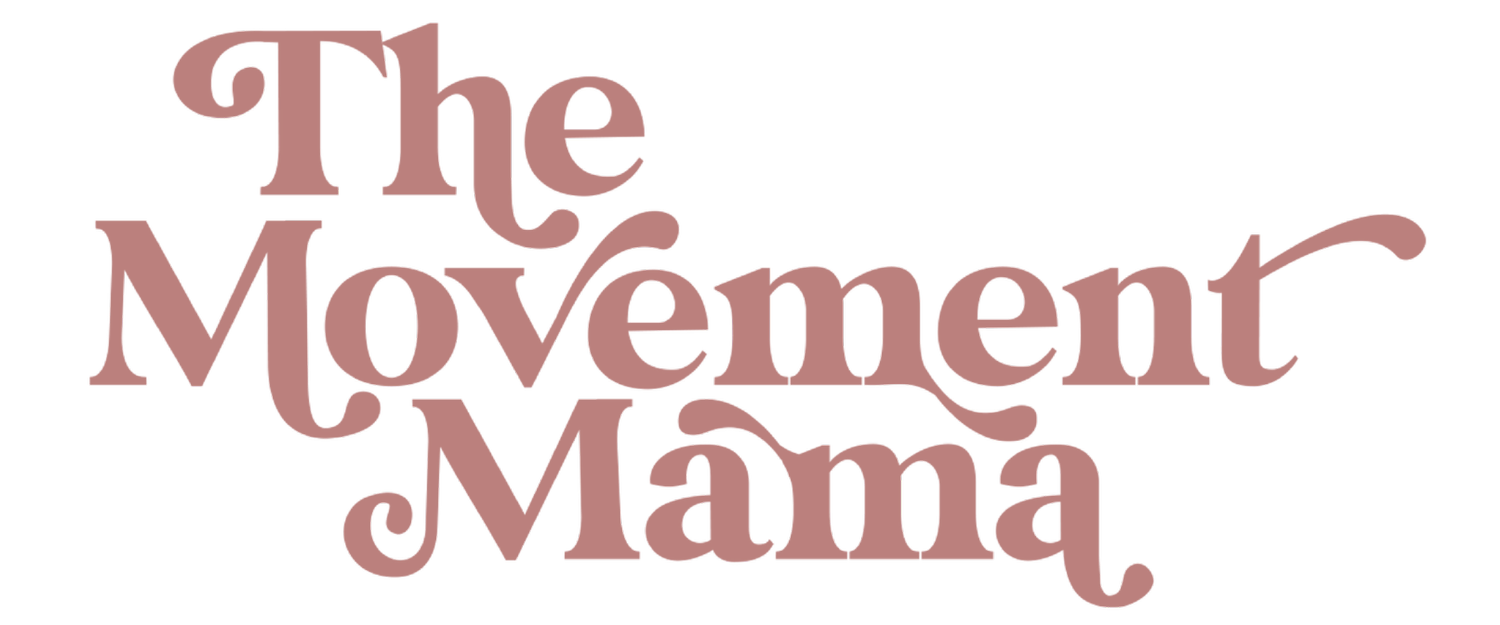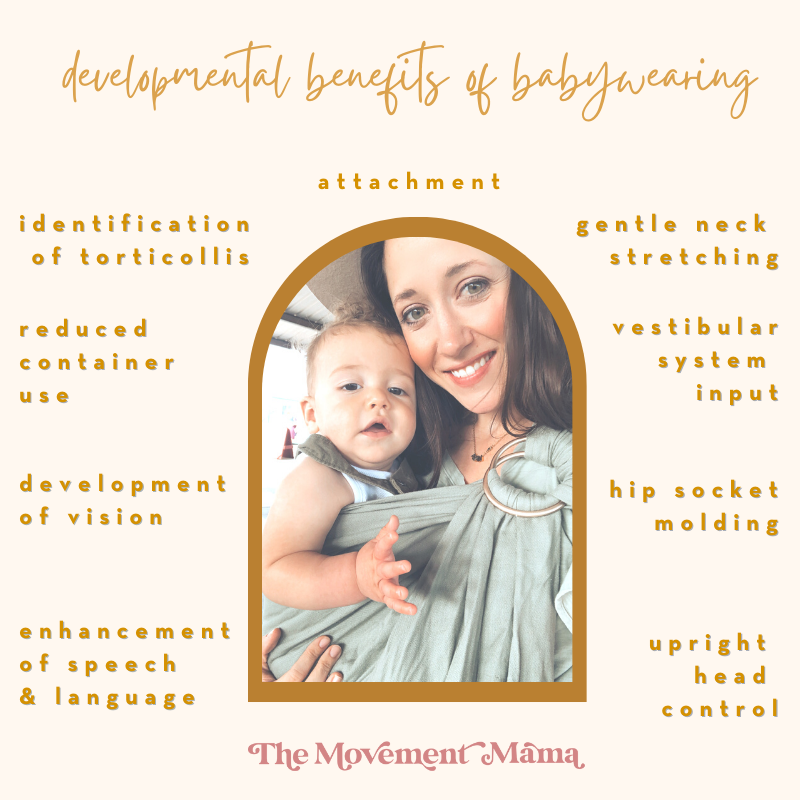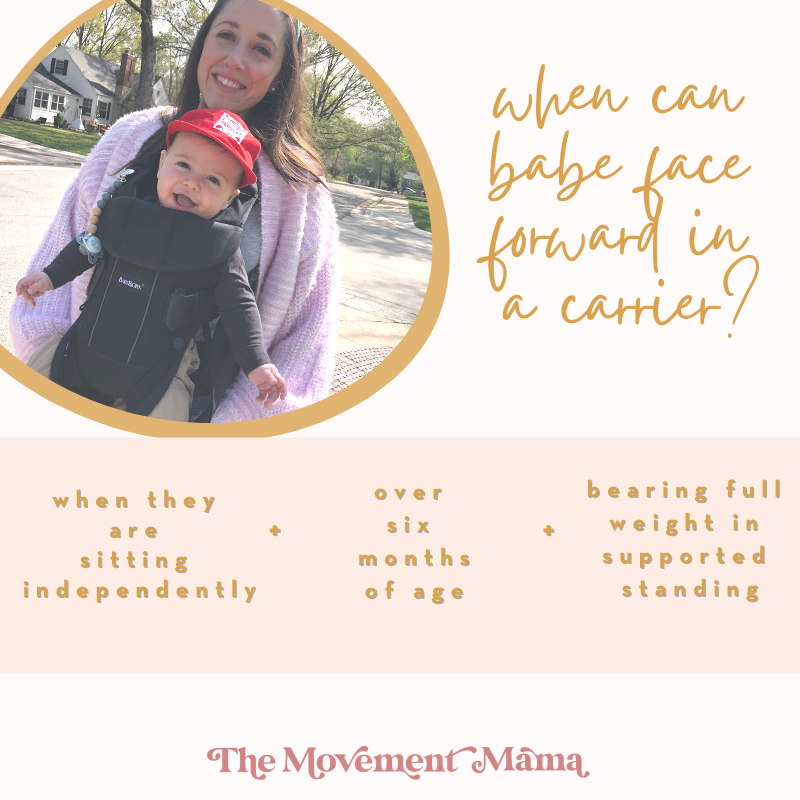Baby Wearing 101
Babywearing has been one of the single most empowering experiences in my motherhood journey. It has allowed me to closely connect with and soothe my children, while also feeling like I could get back to my day-to-day: cooking dinner, chasing a toddler, grabbing coffee with a friend, getting groceries without a screaming baby, staying in the church service, etc! It truly has been life-changing for me.
But what I’ve learned is that it’s a bit like riding a bike—you practice, and fail, and practice again…and once you’ve got it, you’ve got it. Each time you bring back out your carrier, it will only take a few moments to pick right back up where you left off. And each time you get better and can try new tricks or new territory :) it’s the BEST!
For more resources like this, check out these other Movement Mama posts:
Below you will find so many tutorials, tips, tricks, and insights into babywearing. But if you’re still feeling stuck, I do offer Babywearing Consults. For more information, please email me with subject: Babywearing Consult at themovementmama.info@gmail.com
But before we dive into the actual How-To, I wanted to give you some base knowledge about Babywearing. (okay okay, if you’re impatient, here’s my Wrap Carrier Tutorial + My Favorite Baby Carriers)
developmental benefits
In addition to it just being a logistical life-saver, babywearing has several developmental benefits.
It:
〰️provides an opportunity for vestibular (motion) and visual input that the baby wouldn’t get in a car seat or travel system
〰️ promotes optimal hip development if wrapped properly with legs in a “frog” position *this is super important—see below*
〰️keeps baby close to you, improving breastmilk supply and allowing discreet nursing opportunities
〰️is naturally calming to baby *disclaimer: often the process of getting into the carrier can make babies mad for a couple minutes until they settle in. Don’t let this discourage you. I find that if you walk around and bounce for a few seconds, they melt right into you. You could also try going into a dark room, turning on the sound machine, and bouncing for a few minutes to try to help them settle in, particularly if it’s during the dreaded witching hour. If not, check the fit or consider a Babywearing Consult (email themovementmama.info@gmail.com for details*
〰️ prevents further progression of flat spots by decreasing time spent on their head
〰️ may help with colic or reflux by placing baby in an upright position with gentle pressure on the tummy that can be soothing
〰️some research has even linked it to decreased postpartum depression due to the close bond it creates, as well as the ability to maintain some normalcy of your previous life 🙏🏻
Protecting your own body
As I mentioned before, one of my favorite solutions to baby containers and Mama overwhelm is babywearing. But for so many of you, wearing your baby is a problem and not a solution. Here are my tips as Mama + Physical Therapist (and if you need a visual of what I mean above, check out this video on ways to protect your body)
And here are a few additional considerations:
〰️Treat it like a workout: I hear so many Mamas breaking out the carrier for the first time going on a long walk and then their back is killing them for days! Remember you have to start with baby steps. Maybe you wear it for 10 minutes while you fold some laundry. Or maybe you walk to the end of your block and back. Be gentle with your body & theirs. They are learning to hold their head up and be strong, too.
〰️Until you’re a pro, practice when you’re both rested and happy: Rested being a relative term for you, Mama 😅 Don’t bust out the new carrier during the witching hour. Your baby can sense your overwhelm, sister, and you’ll both feel defeated at your lack of success.
〰️Make sure you’re both comfortable: The fabric should be spread wide across your back and shoulders. Keep them high up on your chest and snuggled as close to your body as possible. Be sure both of you are able to breathe well, with their face close enough to kiss.
〰️Maintain good alignment: Try to keep your rib cage stacked over your hips. Suck your belly button in like you’re trying to squeeze into your pre-pregnancy jeans—this activates your core and protects your back. Babe should have their knees above their hips in an M shape (also see below), protecting from hip dysplasia. Switch which side you carry them on or which way their head is facing to promote symmetrical neck rotation (hello Torticollis and Plagiocephaly prevention)
〰️Consistency is key: As with any new skill, it takes time and continual effort to master it. Rather than giving up in frustration, try carrying your baby once a day for the next week. I promise you, the freedom and joy babywearing will give you will be so worth it!
The M Position
This position for babe is so important to protecting against hip dysplasia. According to research, it is the most crucial during the first 6 months of life, but still recommended beyond this age when possible. Hip dysplasia is when the hip socket is shallow (which it is in all babies), and the hip becomes dislocated or pops in and out of the joint. While some babies are born with this condition, others may acquire it through poor hip positioning in swaddles or baby carriers.
Here are some quick stats on Hip Dysplasia:
〰️1 in 10 babies are born with hip instability
〰️1 in 100 babies are treated for hip dysplasia
〰️Girls are 5x more likely to have hip dysplasia than boys
〰️Breech babies or multiples are also at a much higher risk
The “M” position in baby carriers and swaddles deeply seats your little love’s leg bone in the hip joint, protecting against dislocation, while also aiding in forming a strong and deep hip socket. It also prevents excess pressure at the groin that could limit circulation to the feet and legs (ever seen babe’s legs turn blue while carrying?) We want to promote the ability for babe to splay their legs out in the M or “frog leg” position when we can. Your primary care provider should be doing regular checks throughout the first year of life to ensure there are no signs of hip dysplasia in your sweet babe. But speak up if you have concerns!
Signs to be mindful of include: asymmetrical creases of their little bum cheeks (one crease is higher or lower than the other), a hip click or pop, limited range of motion in one or both hips during diaper changes, visible leg length difference
So, when placing your babe in a carrier, remember to:
✔️Support as much of their thighs as possible
✔️Keep their knees above their bum
✔️Allow the legs to splay out to the sides
forward facing
I want to start all of this by saying: your babe facing you in an embrace-like position is my number one recommendation for babywearing for so many different reasons. You can nurse, see their nonverbal cues, their spine is in better alignment, they have something to grab onto, they’re able to nuzzle in when overstimulated, their airway isn’t restricted, etc etc etc. I also know that sometimes babies get fussy when facing forward—the next best option is to do a hip carry or to do a high back-carry for toddlers.
I also want to say that at times, I have worn my children facing out. And while it’s okay, it’s not the best position for babe. Part of sharing my clinical knowledge and research-backed information here is being willing to say the hard things for the ultimate good of our children. I want to provide you with information to empower you to make the best decisions for YOUR little family🤟🏻
So when can babe safely face forward in a carrier?
✔️When they’re sitting independently: this means they likely have the head and airway control to set them up for successful front outward facing carries AND
✔️Over 6 months of age: when the International Hip Dysplasia Institute says the research shows the risk of hip dysplasia is significantly reduced AND
✔️Able to bear full weight through their legs in supported standing: this tells us they are well on their way to forming a healthy hip socket through natural development
IF you choose to front outward face, be particularly mindful of:
➕Maintaining thigh support: Please keep at least 50% of their thighs supported
➕Potential overstimulation: there is a lot coming at them and nowhere to turn away from it
➕Airway control and breathing: make sure their chin fully clears the front panel and have your partner or a friend watching them for cues they aren’t breathing or managing their head position well. I have used my phone camera before to do this on solo walks
➕Nonverbal cues: watch your baby for any signs they aren’t tolerating it well and immediately turn them around if you notice problems arising
The above examples are based on my own experience as a Mama + Doctor of Pediatric Physical Therapy. There may be additional options that work for you, but these are my favorite. I would like to add that a woven wrap is also great for a newborn + pregnancy for belly and labor support. If you’d like to see examples of what I mean by each one, click here.
For direct links to some of my favorite baby carriers, check out this blog post.





